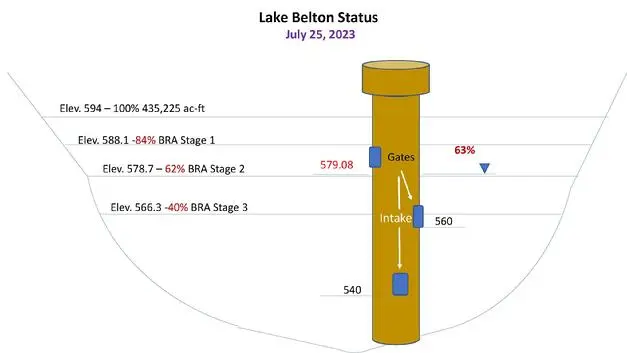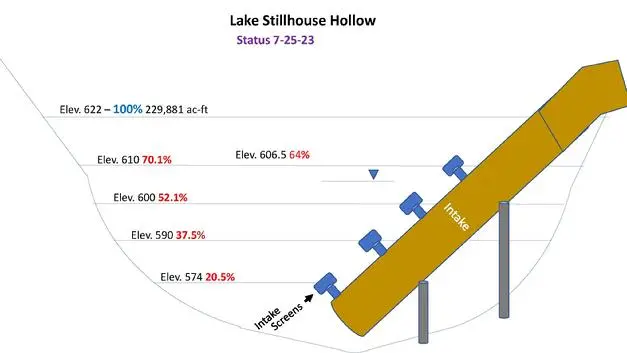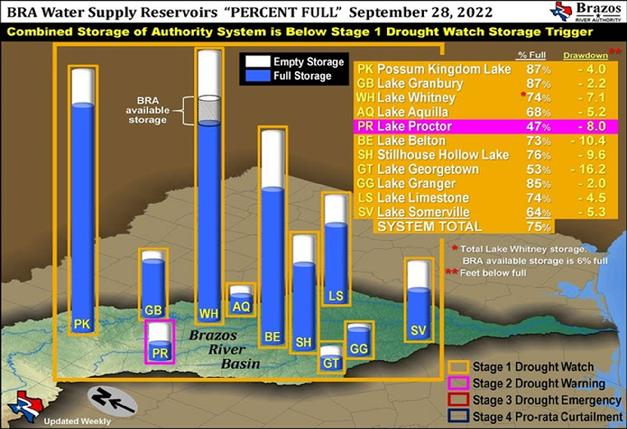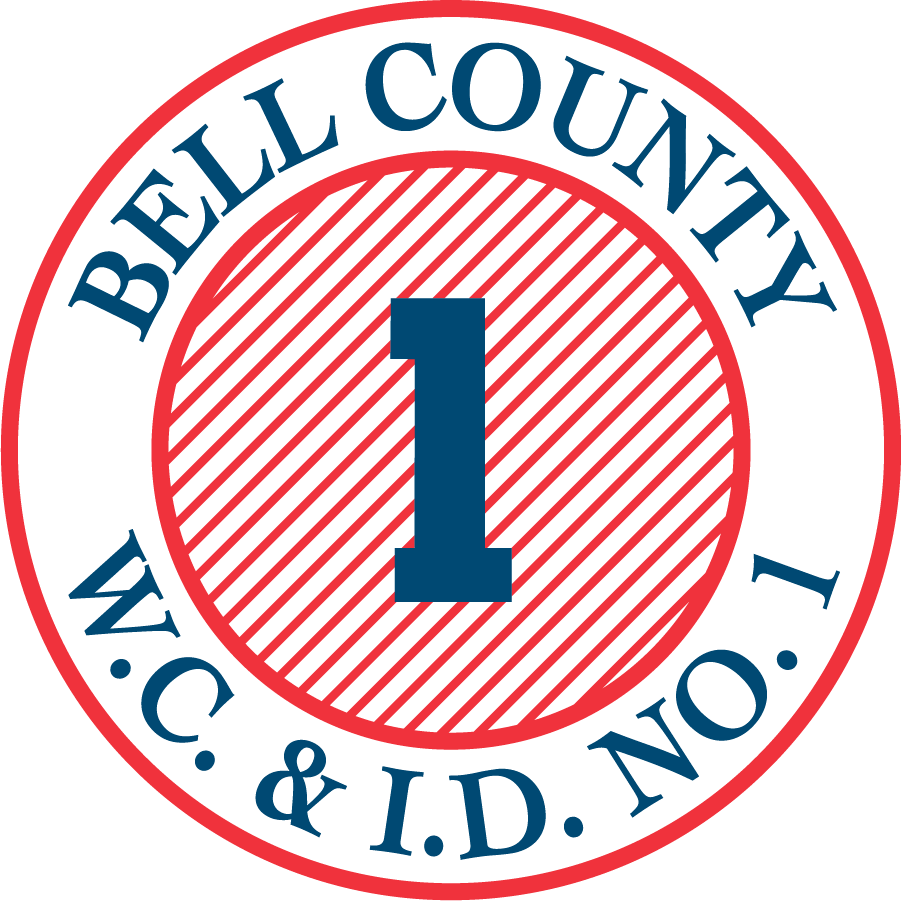Water Conservation Tips
Inside Water conservation tips
If it’s broke, fix it!
Fix leaky faucets and plumbing joints. Saves 20 gallons per day for every leak stopped.
Is your toilet “running”?
Check toilet for leaks. Put dye tablets or food coloring into the tank. If color appears in the bowl without flushing, there’s a leak that should be repaired. Saves 400 gallons a month.
Getting clean and smooth.
Turn off the water while shaving. Fill the bottom of the sink with a few inches of water to rinse your razor. Saves three gallons each day.
My shiny teeth and me.
Turn off the water while brushing your teeth. Saves three gallons each day.
Feeling the rain come down.
Install water-saving showerheads or flow restrictors. Saves 500 to 800 gallons per month.
Scrub-a-dub in the tub!
Shorten your showers. Even a one or two minute reduction can save up to 700 gallons per month.
One is the loneliest number~!
If you wash dishes by hand – and that’s the best way – don’t leave the water running for rinsing. If you have two sinks, fill one with rinse water. If you only have one sink, use a spray device or short blasts instead of letting the water run. Saves 200 to 500 gallons a month.
A spoon full of – Soap?
When washing dishes by hand, use the least amount of detergent possible. This minimizes rinse water needed. Saves 50 to 150 gallons a month.
Tall, clear, and chill.
Keep a bottle of drinking water in the refrigerator. This beats the wasteful habit of running tap water to cool it for drinking. Saves 200 to 300 gallons a month.
Don’t settle for less.
Run only full loads in the washing machine and dishwasher. Saves 300 to 800 gallons per month.
Outside Water conservation tips
Keeping things green.
Put a layer of hardwood mulch around trees and plants to slow down evaporation. Saves 750 to 1,500 gallons a month.
Let it soak in.
Don’t water the lawn during the hottest part of the day and watering it during early morning is better than dusk since it helps prevent the growth of fungus. Saves 300 gallons.
Raising the bar.
Raise your lawn mower blade at least 3 inches or to the highest level. Longer grass means less evaporation. Saves 500 to 1,500 gallons each month.
Springing back!
Water your lawn only when it needs it. Step on your grass. If it springs back, when you lift your foot, it doesn’t need water. Cut down watering on cool and overcast days and don’t water in the rain. Can save up to 300 gallons each time. Water one inch per every 5-7 days, and only if rainfall is insufficient (a rainfall of one inch is sufficient for watering).
Rinse and repeat.
When taking your car to a car wash – a good idea for saving water – be sure it’s one of the many that recycles its wash water.
Greener on the other side.
Avoid watering the sidewalks, driveway or gutter, as these will not grow or get greener. Ensure water lands on your lawn or garden where it belongs – and only there. Saves 500 gallons per month.
Sweep your troubles away!
Use a broom instead of a hose to clean driveways and sidewalks. Saves 150 gallons or more each time. At once a week, that’s more than 600 gallons a month.
2023 Updates
If you didn’t get a chance to attend the recent symposium by Clear UGWCD, you missed a drought report from state climatologist John Nielsen-Gammon. The take-away is the drought should taper off by next fall. Meaning we could be in for a long summer in 2023. The graphics attached include the current capacity positions of both Lake Belton and Lake Stillhouse along with relative Drought Stages. These will be updated periodically. I would invite you to visit the Brazos River Authority website for more details regarding lake level projections and drought status.
This page will be periodically updated as events unfold. Please do what you can now to conserve water in your daily routine. There are many tips listed further down on this web page. Every drop counts!
For more conservation information please visit www.brazos.org.
CLEARWATER UWCD DECLARES STAGE 3 DROUGHT
For more conservation information, please see the Clearwater Underground Water Conservation District’s website at https://cuwcd.org/


September 29,2022
Drought Watch Report

The WCID 1 primary water supply reservoir is currently at 583.4 elevation and releasing 450 cubic feet per second to augment flows in the Brazos River. Lake Belton which at this time is at 73% capacity (See reservoir data by clicking here.), is still in good shape compared to major water supply reservoirs to the north and to the south. Thursday September 29th, Lake Travis was at 50% and Lake Buchanan was at 62%. Under the Brazos River Authority Drought Contingency plan, Lake Belton doesn’t reach Stage 2 until the level falls to 578.7. Within the next fifteen to twenty days, the releases to augment Brazos River flows will cease from Lake Belton and that burden will move to another reservoir. At this time BRA staff do not anticipate the Stage 2 level will be reached for Lake Belton this fall. Fortunately, the daylight hours are decreasing along with the average temperatures. As these trends continue, evaporation will continue to decrease. If you go to the “Drought” tab at the Brazos River Authority website, www.brazos.org , you can find projections for all of the Brazos Reservoirs for normal or drought projections.
We hope this information is helpful. As always, please be water-wise and use water only as needed. Please help to conserve our limited supply.
